Bosnian Kingdom Trail
The tale of medieval Bosnian Kingdom fascinates centuries later...
Bosnian Kingdom Trail
The “Bosnian Kingdom Trail”, a historical and cultural project funded by the European Union was officially presented in Sarajevo in 2008. Tourist offer is developed on the common ground of the medieval Bosnian Kingdom.
Map of Bosnian Kingdom Trail: https://drive.google.com/openid=10KNCzllYrNxFFHn5WT92EsQdkDHQi4Q2&usp=sharing

The Bosnian Kingdom Trail consists of several ancient towns, medieval fortresses, sacral facilities and museums, all accessed by car and some hill and forest tracking. The Visoko Valley, for example, once served as an important cultural, trade, and educational center, while the towns of Vranduk in Zenica, Bobovac, Kraljeva Sutjeska, Maglaj, Tešanj, Fojnica, Travnik, Ključ, Prusac, and Jajce are all home to a wide range of interesting remnants of the Bosnian Kingdom.
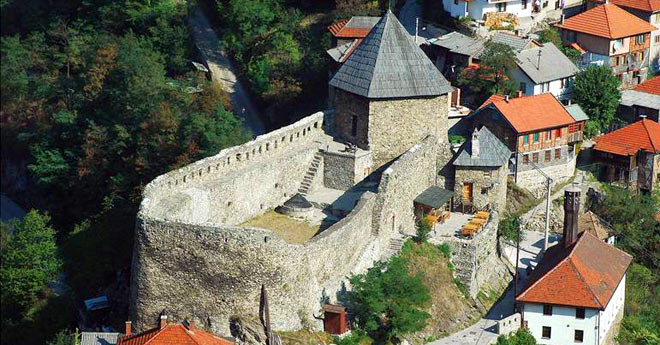
The Kingdom of Bosnia was a medieval kingdom that evolved from the Banate of Bosnia (1154–1377). Ban (King) Kulin (d. c. November 1204) was the ruler of Bosnia from 1180 to 1204, first as a vassal of the Byzantine Empire and then of the Kingdom of Hungary, but his state was defacto independent. He was one of Bosnia’s most prominent and notable historic rulers and had a great effect on the development of early Bosnian history. One of his most noteworthy diplomatic achievements is widely considered to have been the signing of the Charter of Ban Kulin, which encouraged trade and established peaceful relations between Dubrovnik and his realm of Bosnia. His rule is often remembered as being emblematic of Bosnia’s golden age, and he is a common hero of Bosnian national folk tales. Under him, the “Bosnian Age of Peace and Prosperity” would come to exist.
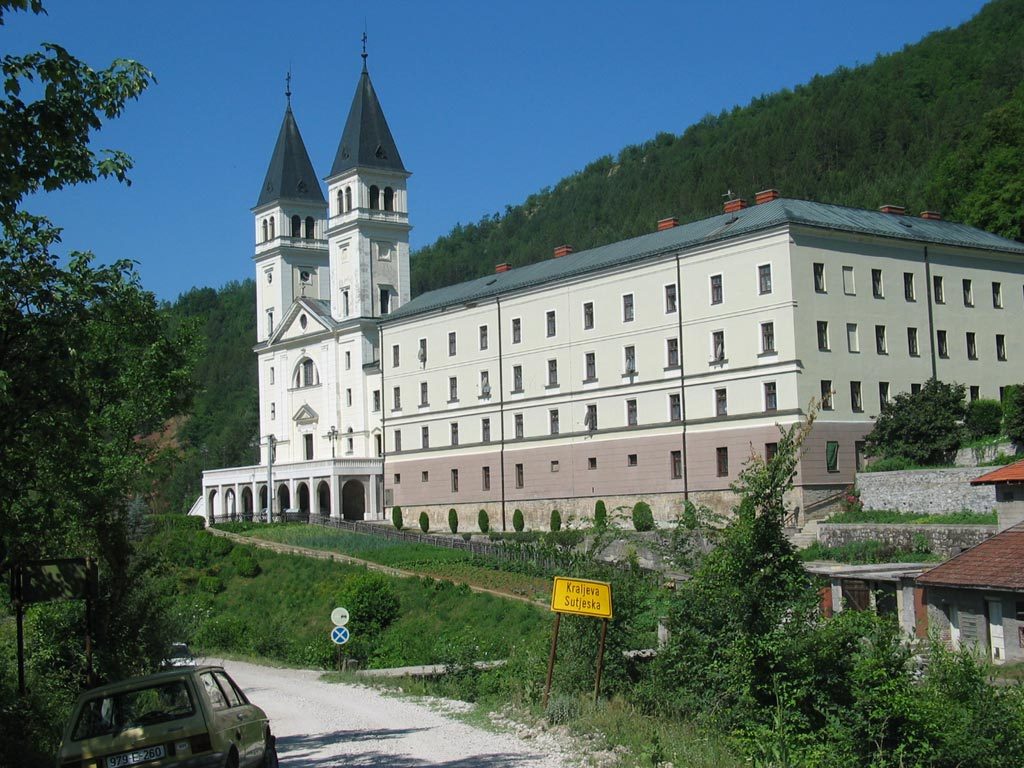
Bosnia enjoyed de facto independence in the 13th and 14th centuries despite being a part of the Hungarian Crown Lands. Its difficult terrain and remoteness enabled the Bosnians to maneuver between their two powerful neighbors, Hungary and Serbia, usually managing to avoid subordination to either. Several capable rulers allowed Bosnia briefly to play the role of a regional power in the 14th century. After 1290, Bosnia enjoyed virtual independence from Hungary and gained significant territory in Dalmatia at Serbia’s expense. King Tvrtko I (r. 1353–91) acquired portions of western Serbia and most of the Adriatic coast south of the Neretva river: during the latter part of his reign, Bosnia briefly became the strongest state in the Balkans peninsula. The Ottoman Empire annexed portions of eastern Bosnia in the 1440s and 1450s, and went on to conquer Herzegovina until the last fortress fell in 1481.
Upon his capyure, the last Bosnian King Stephen Tomašević was executed by the Ottoman Sultan Mehmed the Conqueror. The execution of the King took place in a field next to Jajce, which has since been known as Carevo Polje (“the Emperor’s Field”). The execution marks the fall of the Kingdom of Bosnia to the Ottoman Empire. Stephen Tomašević was buried on a hill near Jajce. His skeleton was found in 1888 and was placed in a glass coffin in the right aisle of the Franciscan monastery in Jajce where it can be viewed today.
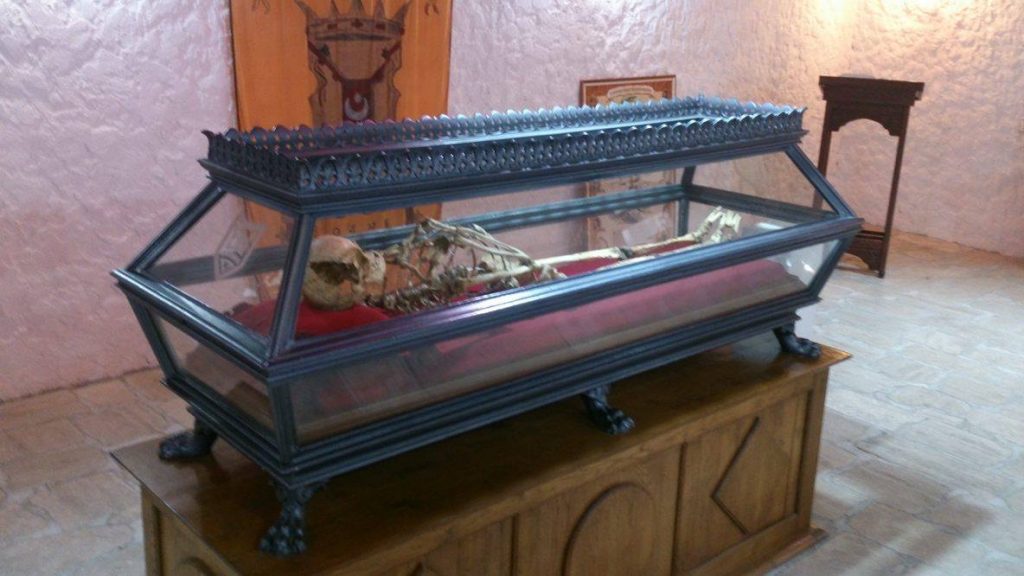
The tale of medieval Bosnian Kingdom fascinates centuries later…



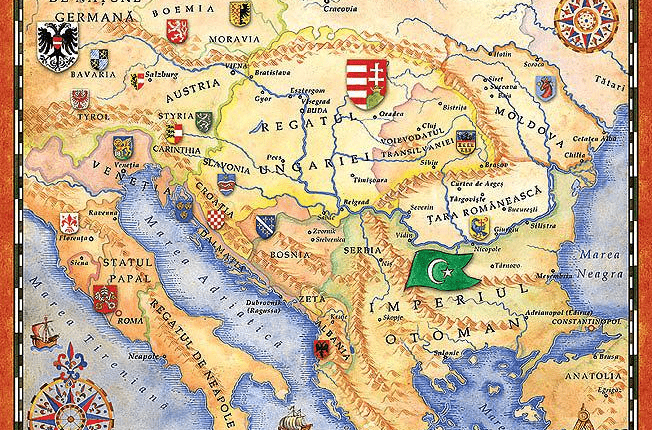


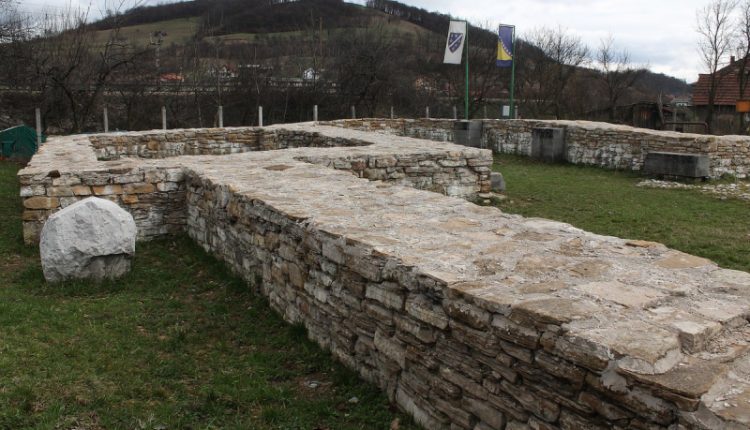
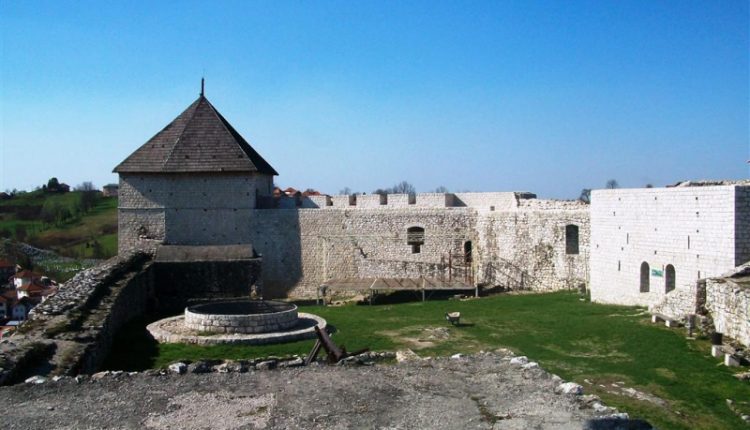


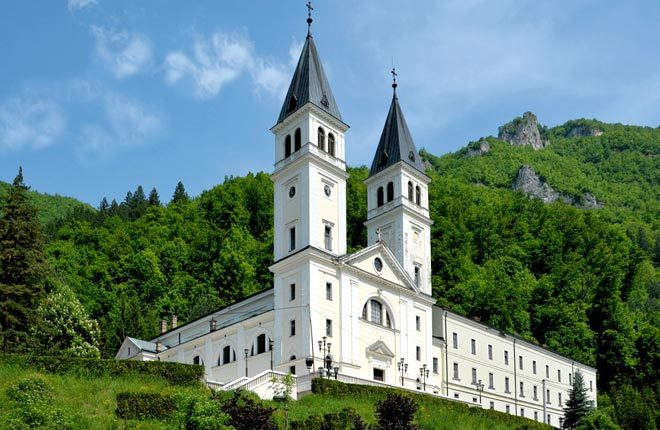
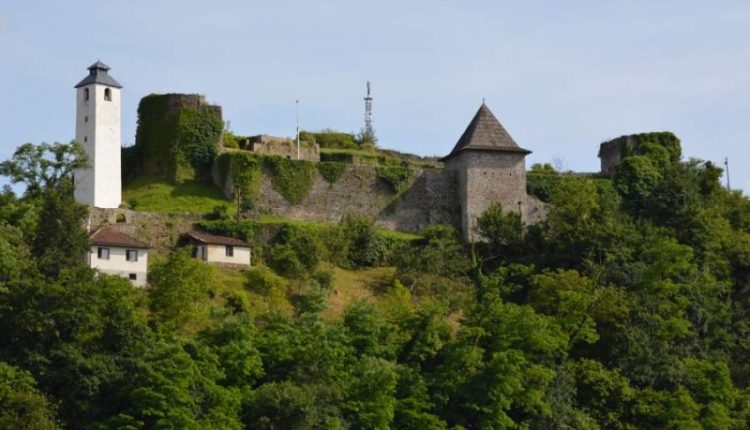
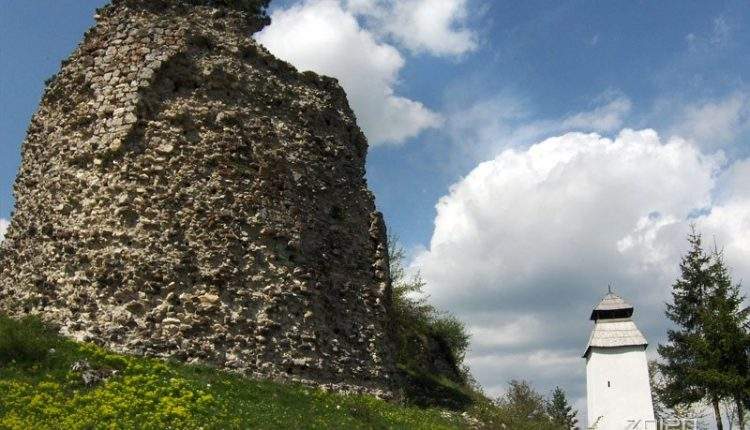

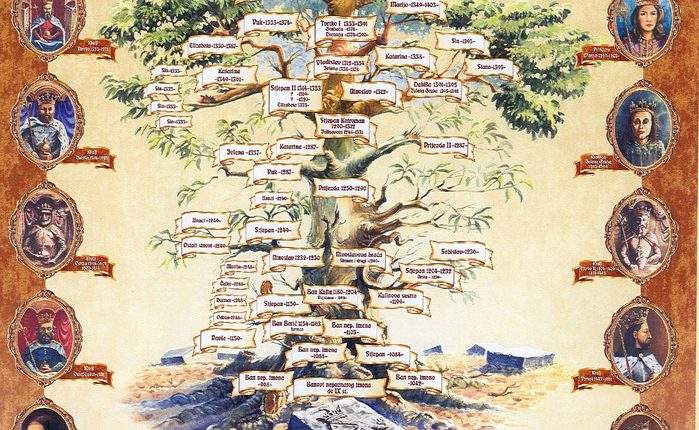
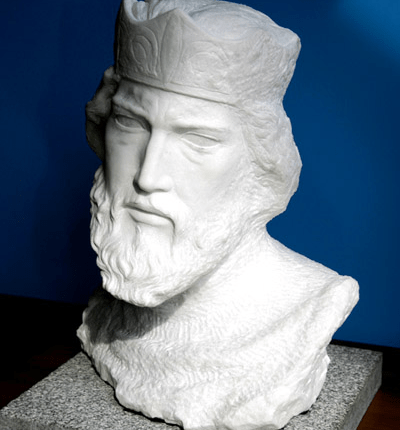
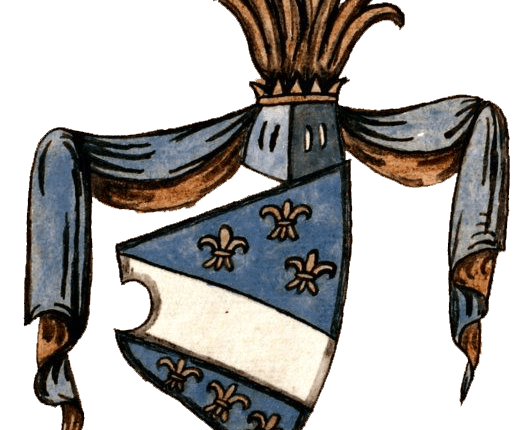
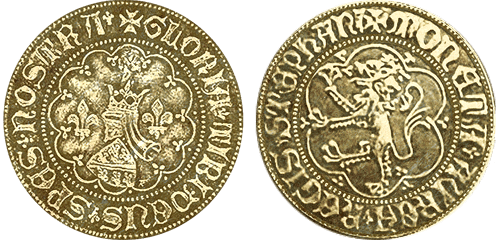
Comments are closed.